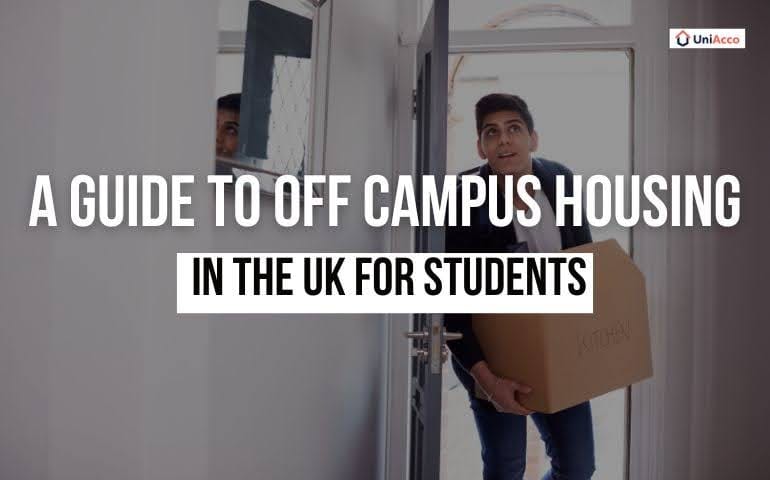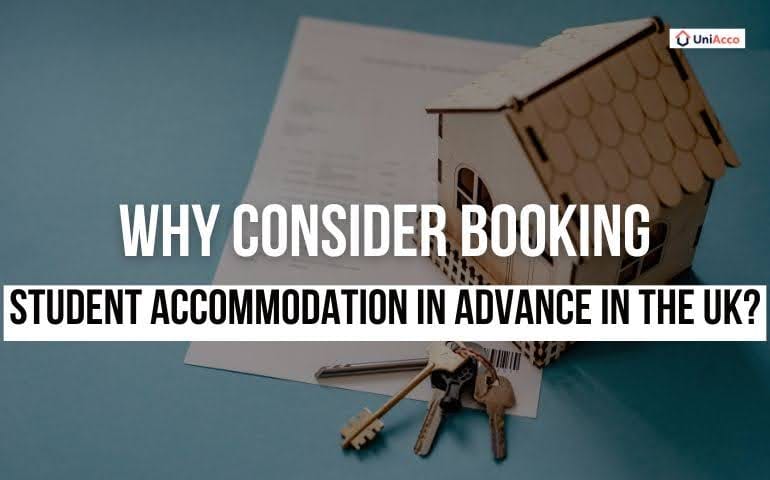Accommodation decisions in the UK arrive earlier than most students expect, often before timetables, modules, or even visas are finalised. For many, off-campus housing becomes the default choice, not only because of its availability but also because of the control it...

A Comprehensive Guide to Off-Campus Housing in the UK for Students
read more

















